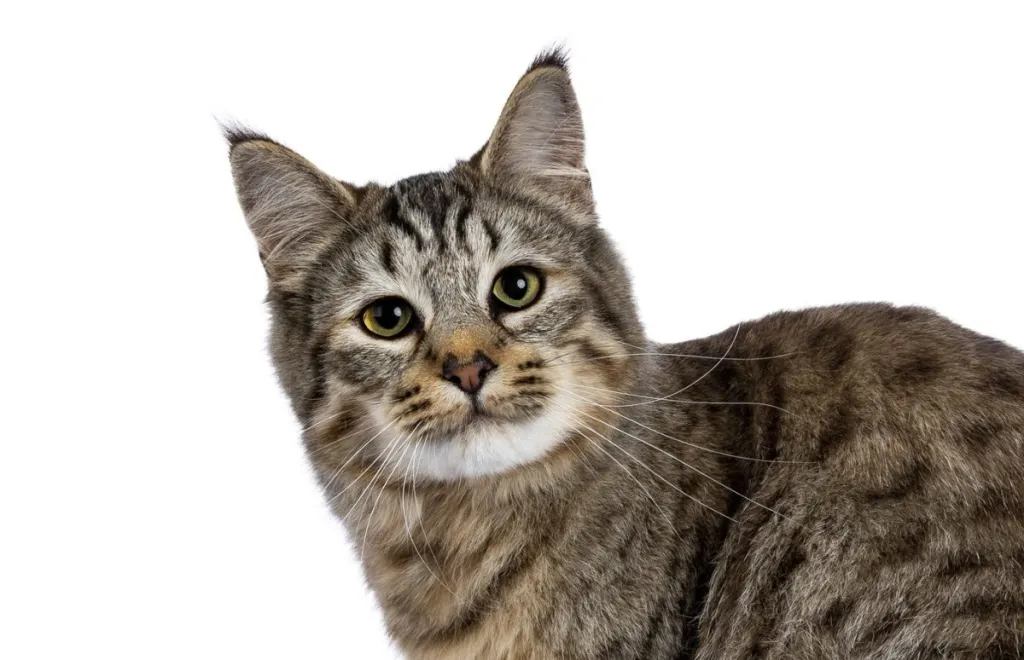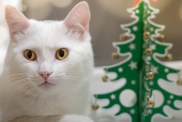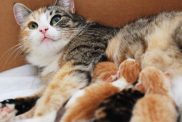The Pixie-Bob cat stands out among the diverse world of domestic cats with their wild appearance and captivating personality. Originating in the Pacific Northwest of the United States, the Pixie-Bob showcases a striking resemblance to the elusive bobcat. This fascinating blend of wild aesthetics and amiable temperament makes the breed a subject of keen interest for cat fanciers, breeders, and those seeking a…

How bad is soda for cats? The short answer is that cats can't safely drink soda. There are a number…




